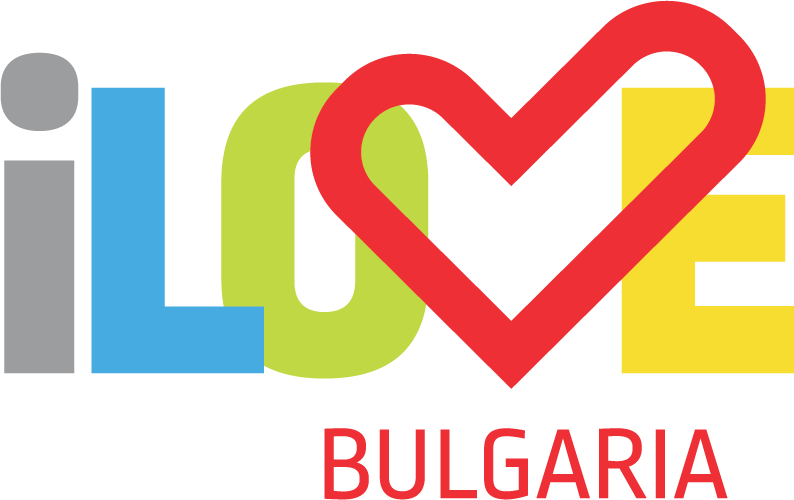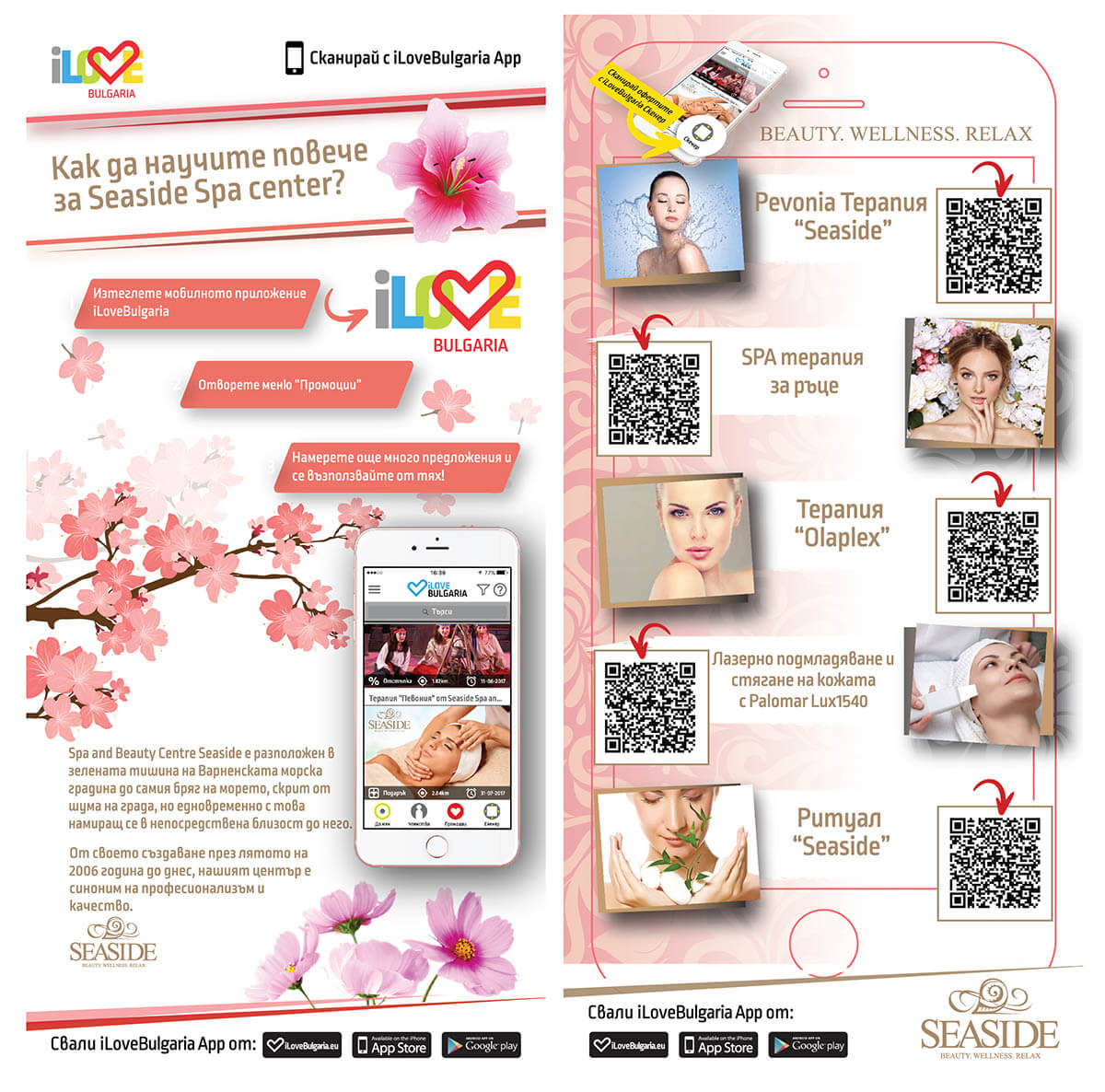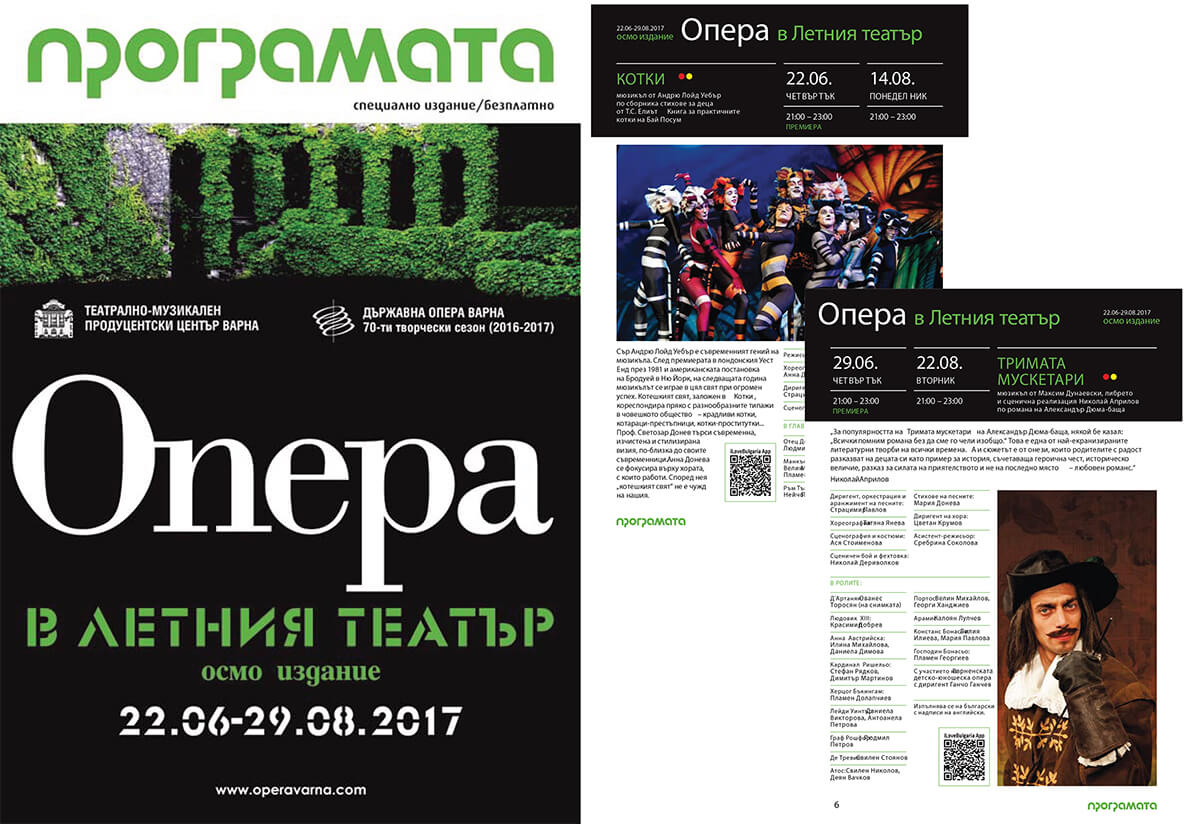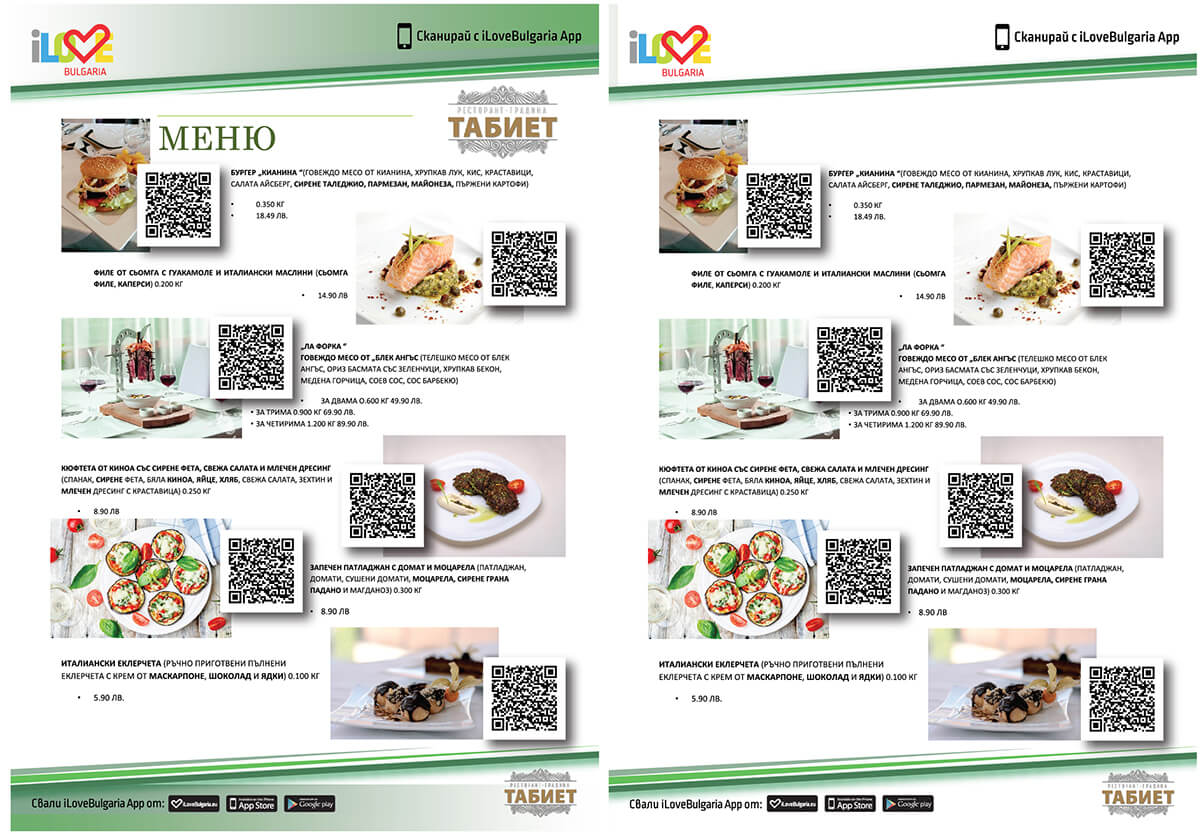
The native house of Raina Knyaginya is a monument of culture of national importance. She is a representative of the middle-class type of asymmetric house. An ancient inscription on one of the beams of the large courtyard shows the year of construction – 1673 and its first owners – Tassos and Miho. In this house, on January 18, 1985, the future flagship of the April uprising – Raina Popgeorgieva Foutekova – Rayna Knyaginya was born. On May 3, 1950, the Rayna Knyaginya House Museum opened doors for its first visitors as a museum.
In 1979/81. There was a major restoration of the house. In the former Karena craft workshop, a documentary – substantial exhibition dedicated to the life and role of Raina Knyaginya during the April Uprising was presented on the first floor. The ethnographic exposition on the second floor gives an idea of the situation in which the notable Bulgarian is born and raised. Among the precious relics in the museum is the Main Flag of Panagyurishte Rebels, which Rayna Knyaginya reproduced in 1901 on the occasion of the first official celebration of the April uprising. In the courtyard of the house-museum there is a marble sculpture of the flag, under which its dead remains are stored. In 1992, the heirs of Rayna Knyaginya donated the house of Panagyurishte Municipality. For over half a century, about two and a half million Bulgarians have bowed their heads, they go through the small wooden gate to worship the immemorial work of the Flag and bring with them a fragment of the patriotism of a great age. At the end of March 1876, the Revolutionary Committee in Panagyurishte and Georgi Benkovski assigned Raina Popgeorgieva to proclaim the Main Banner of the Panagyurish Rebels. On April 22, the flag is solemnly illuminated, and during the days of the Panagyurishte Republic proudly wakes up on the big door of Hadzhidukova House – Government House. During the Russo-Turkish War 1877/78 the flag probably burned in the Konak in Haskovo. On the occasion of the first official celebration of the April Uprising in 1901, Raina Knyaginya reproduced the Main Rebellion Flag. The funds for the fabric and the sash are provided by the “April 20” committee. Rayna embroidered the flag in Sofia. A few days after the celebrations in Panagyurishte, the flag was worn on horse to Kostina, 25 years after the death of Benkovski voivoda. A photograph of Rayna Knyaginya with the 1901 flag with its autograph is kept in the archive of the museum house. The photo was taken in Sofia after the flag was completed. Until his death, Pavel Koichev, a Panagyurishte winemaker, preserved the precious relic “as his eyes”, folded in four coats, on each fold with a newspaper so as not to waste, in a special box, and at the feast he brought it to the balcony To watch the people. After that, the flag is kept by the chairman of the Poborniko-volunteer company in Panagyurishte Ivan Kuzmov – the comite. His great-great-grandson, Petko Kuzmov, tells his father’s memories: On March 3 and May 3, when celebrations for the Liberation and anniversaries of the April uprising took place, the flag was exported with music from Comit’s home in Dragulin neighborhood and together with other champions Went to the square “. After the death of Ivan Kuzmov, the flag is kept in the chitalishte. Later, when the house-museum “Raina Kniaginia” was built in 1950, it was exhibited there.


















